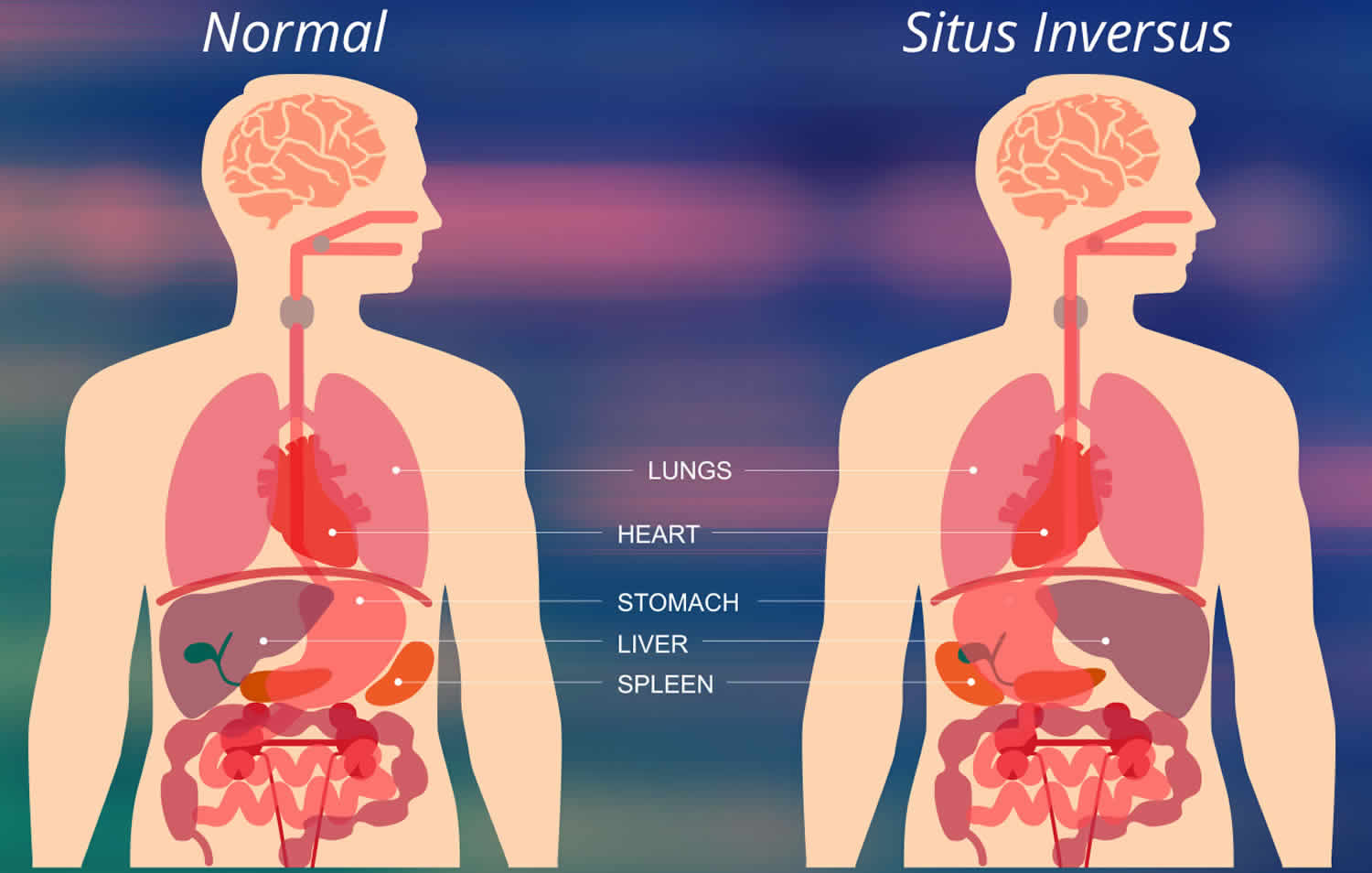Discussion #3: Why Does Cell Structure Matter to Me? Ciliary Dysfunction with SIT and PCD
No unread replies.No replies.
Organelles: small but powerful! (links embedded for more info)
Situs inversus totalis (SIT)! No, this is not a spell from a book of magic, but rather a rare medical condition, estimated to occur in 1 out of 10,000 births. The term is Latin and translates to total opposite location, referring to a reversal in the placement of all abdominal and thoracic organs- what should be on the left is on the right and vice-versa. Abnormal? For sure. However, SIT alone does not typically affect lifespan or quality of life. , for example, was born with SIT and had a successful career in the NBA for more than a decade. Watching him play basketball, you would have no idea his heart is on the wrong side of his body. But how exactly did it get there? Impaired motile ciliary activity. In other words, the cilia, small hair-like structures projecting from cells, were broken.

Scanning electron microscope image of cilia in the lung.
Cilia beat in a coordinated pattern to move fluids and mucous. Normal ciliary function happens 19 days after conception when cilia on certain cells in the embryo spin, causing the surrounding fluid to move. The current created then activates genes that help determine the location of internal organs. But, some individuals have cilia that are unable to move, so proper fluid flow does not establish and organ placement (left vs. right) is random. When reversed, the result is SIT.
How then did the cilia break? For about 75% of people with SIT, the exact cause remains unknown. There are complex genetic components-mutations on genes that code for proper cilia behavior- and environmental influences cant be ruled out. However, the remaining 25% of people with SIT actually have Kartagener syndrome, which couples SIT with primary cilia dyskinesia (PCD).
PCD is an inherited recessive disorder that impacts the motility of cilia found in the respiratory tract, ear tubes, and reproductive organs. Since cilia cannot move properly, mucous from the lungs, sinuses and ears is not cleared, resulting in frequent respiratory infections. Infertility issues also exist. Males have problems with sperm motility and females have a higher risk for ectopic pregnancies since ciliary motion in the fallopian tube is compromised.
https://www.aboutkidshealth.ca/article?contentid=3771&language=english
Symptoms of PCD vary greatly by person. Combined with its rarity (1 in 20,000 births), diagnosing PCD is problematic, which makes proper treatment a challenge. However, understanding both normal cilia function and the health impacts of dysfunction will lead to better treatments and possibly even prevention.
For most patients with SIT, there are no medical consequences from the abnormality. However, some people wear medical alert bracelets identifying that they have the condition in case of an emergency. For example, the appendix is normally located in the lower right abdomen, when pain presents in that region, appendicitis is suspected and medical follow-up proceeds accordingly. But for someone with SIT, that could be easily misdiagnosed since the pain would be located in a place where the organ is not expected, thus, delaying medical treatment. For many, the fact that they have SIT is not discovered until something like this happens.
SIT may be detected during prenatal ultrasounds, but can be easily missed. test for conditions in the baby that are not obvious at birth. Should SIT be included in newborn screenings? Which of the following best describes your response?
- Yes, early detection can prevent medical mishaps that could occur due to unknown reversed organ placement.
- No, ignorance is bliss. If it is only SIT, then health issues are not likely.
- Yes, as it might be an indicator of PCD, which has immediate health consequences.
- It doesnt matter to me.
Roughly 15% of couples worldwide (that is 48.5 million couples!) are affected by infertility, which, for most of the world, has traditionally been considered a female problem. However, recent data shows that between 30-50% of all cases are solely due to Male Factor Infertility, of which PCD could be a cause as it impairs the function of sperm motility. What other issues with sperm morphology and organelle function could lead to Male Factor Infertility? (Think about which organelles are located in the different parts of the sperm cell).Is this genetic only (such as with PCD) or can lifestyle factors (exposure to PCBs or DDT, etc.) contribute to sperm cell defects?
Normal Sperm
Again, not all prompts need to be answered in your response- choose the subtopic that interests you most, and do some valid research! Make sure to explain your reasoning and support it with facts/stats/examples from the literature.
